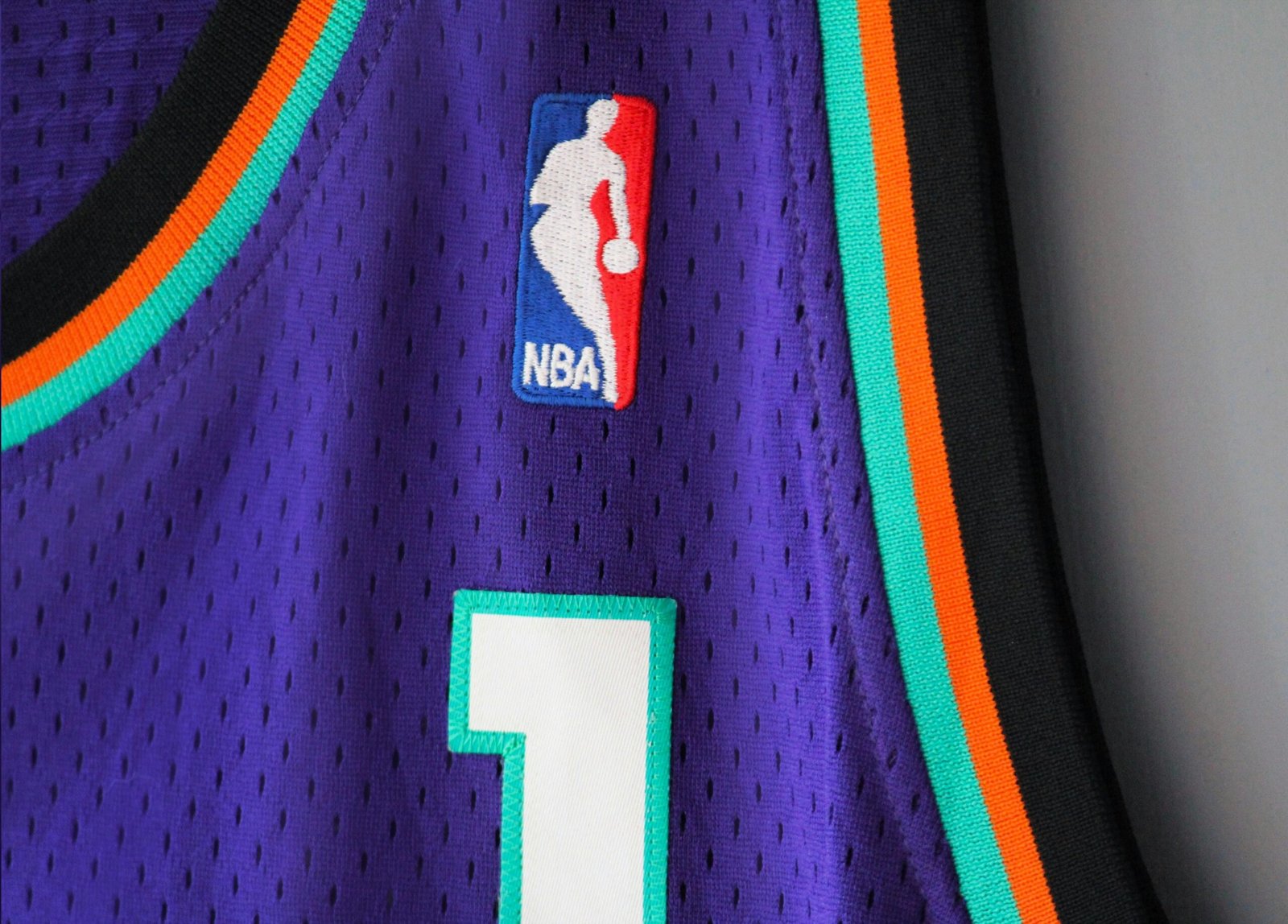“`html
Introduction to the Evolution of Sports Apparel
The journey of sports apparel has witnessed tremendous evolution, marked by significant changes in materials and design methodologies. Historically, sportswear primarily relied on natural fibers such as cotton and wool. These materials, while comfortable, lacked essential properties like moisture-wicking and thermal regulation, which are pivotal for athletic performance. The onset of the 20th century introduced revolutionary changes with the advent of synthetic fabrics like nylon, polyester, and elastane, fundamentally transforming sports apparel.
Nylon, introduced in the 1930s, was one of the first synthetic fibers to make a substantial impact. Its durability, resilience, and lightweight nature presented unprecedented advantages. Following nylon, the introduction of polyester in the 1950s brought further advancements. Polyester’s inherent qualities—moisture resistance, quick-drying capabilities, and extended durability—addressed many limitations of natural fibers, propelling its popularity in the sports apparel market.
Further innovation came with the development of elastane, commonly known as spandex or Lycra, in the 1960s. Elastane’s unique elasticity and form-fitting properties offered athletes enhanced flexibility and freedom of movement, significantly improving comfort and performance. These technological leaps underscored the transition from functional basics to performance-enhancing gear.
The late 20th and early 21st centuries marked another pivotal era with the integration of advanced technology in sports apparel design. The development of moisture-wicking fabrics, breathable membranes, and antimicrobial treatments drastically transformed the athletic wear landscape. Companies began to focus heavily on biomechanics, adopting ergonomic designs and compression technology to support muscular function and enhance blood circulation.
These advancements in fabric technology and design have paved the way for contemporary innovations, enabling sportswear to evolve continuously. By understanding these historical milestones, we gain a deeper appreciation of the cutting-edge developments shaping the future of sports apparel, setting the stage to explore the next frontier in functional wear.
Cutting-Edge Fabric Technologies: Enhancing Performance and Comfort
The realm of sports apparel is evolving rapidly, with cutting-edge fabric technologies at the forefront of this transformation. Advances in materials science have led to the development of fabrics that not only enhance athletic performance but also maximize comfort. A prime example of this is moisture-wicking technology. This innovation draws sweat away from the body, allowing athletes to remain dry and comfortable even during intense physical activities. Brands like Nike and Under Armour have integrated moisture-wicking fabrics into their athletic wear, exemplified by Nike’s Dri-FIT and Under Armour’s HeatGear lines.
Another significant advancement in fabric technology is the introduction of temperature-regulating materials. These fabrics adapt to changing conditions, ensuring that the athlete’s body temperature remains stable. Columbia’s Omni-Heat and Mizuno’s Breath Thermo are notable examples that integrate thermoregulation into their designs, thereby preserving energy and enhancing performance. These smart materials react to body heat and moisture levels, providing dynamic comfort that adapts to the wearer’s needs.
Compression materials have also revolutionized sports apparel, offering enhanced muscle support and reduced fatigue. Compression garments improve blood circulation, leading to better oxygen delivery to muscles and quicker recovery times. Brands like 2XU and Skins are pioneers in this domain, developing compression wear designed to meet the specific needs of athletes across various disciplines.
Looking ahead, the potential for smart textiles holds enormous promise. These advanced fabrics are equipped with sensors that can monitor physiological data such as heart rate, muscle activity, and even hydration levels. Innovators like Hexoskin and Athos are already experimenting with these technologies, producing prototypes that provide real-time feedback to athletes. Such advancements could fundamentally change athletic training and performance monitoring, offering unprecedented insights and customization.
As technology continues to advance, the future of sports apparel looks increasingly promising. The fusion of functional fabric innovations with smart technology is poised to set new benchmarks for performance and comfort, ultimately redefining the athletic experience.
Sustainability in Sportswear: Eco-Friendly Innovations
The rising importance of sustainability in sports apparel cannot be overstated. Consumers are increasingly demanding eco-friendly products, and the sportswear industry is responding with innovative solutions. One of the key advancements in this area is the use of recycled fabrics. Brands are turning post-consumer plastic bottles and other waste materials into high-performance textiles, significantly reducing the ecological footprint of their production processes.
Biodegradable materials are another breakthrough in sustainable sportswear. These materials decompose naturally, reducing the long-term environmental impact. Innovators are developing biodegradable alternatives to traditional synthetic fibers, which take centuries to break down. Examples include biodegradable nylon and polyester, manufactured through processes that are less energy-intensive and generate fewer emissions.
Organic fibers are also making significant strides in the market. Cotton and other natural fibers, grown without harsh chemicals or pesticides, provide a sustainable alternative to conventional options. These organic fibers not only support healthier ecosystems but also offer consumers a safer choice for their skin.
Several brands are leading the charge in sustainable sportswear. Companies like Patagonia, Adidas, and Nike have introduced lines made from recycled and biodegradable materials. Adidas, for instance, created the Adidas Parley collection, which uses ocean plastics to craft sportswear, effectively cleaning up marine environments while delivering high-performance gear. Similarly, Nike’s Move to Zero campaign is committed to reducing carbon emissions and waste, focusing on a circular future for the industry.
The environmental benefits of these sustainable practices are immense. Reduced dependency on virgin resources and lower carbon footprints are among the immediate advantages. Moreover, these innovations mitigate pollution and conserve biodiversity, ensuring that natural habitats are preserved for future generations.
Future trends suggest that consumer expectations for sustainable products will continue to grow. As the awareness of environmental issues rises, so will the demand for eco-friendly sportswear. Brands that integrate sustainability into their core values and production methods will not only contribute to a healthier planet but also meet the evolving preferences of modern consumers.
The Role of Design and Customization in Functional Wear
Design and customization have become pivotal in crafting sports apparel that not only meets aesthetic expectations but also enhances performance and comfort. Ergonomic designs tailored to the specific demands of different sports have revolutionized functional wear. Athletes now benefit from clothing that supports movement, reduces the risk of injury, and optimizes aerodynamics. For instance, compression wear designed for runners can improve blood flow and reduce muscle fatigue, while lightweight, breathable fabrics used in soccer jerseys ensure optimal ventilation during high-intensity play.
Additionally, the integration of technological advancements, such as wearables and sensors, into sports clothing marks a significant evolution. These cutting-edge innovations provide real-time data to athletes and coaches, tracking metrics such as heart rate, body temperature, and even motion analytics. This fusion of technology and apparel, often referred to as “smart clothing,” represents a leap towards more data-driven training regimens, potentially enhancing performance and preventing injuries.
The growing trend of personalized sportswear also illustrates the shift towards greater customization in functional wear. Athletes and enthusiasts alike seek apparel that reflects their individuality while meeting their specific performance needs. Customization options now extend beyond mere aesthetics to include tailored fits, fabric choices, and specialized features that cater to unique requirements. This personalization trend not only boosts consumer satisfaction but also fosters a stronger connection between an athlete and their gear.
Looking towards the future, advancements in manufacturing processes promise even greater levels of customization and efficiency. The rise of 3D-printed apparel, for example, offers the potential for creating highly personalized garments on-demand, drastically reducing production times and waste. These advancements could lead to a new era where sports apparel is made quickly, sustainably, and precisely to the wearer’s specifications. The combination of innovative design, technology integration, and customization will continue to shape the future of functional wear, offering unparalleled benefits for both professional athletes and everyday fitness enthusiasts.


